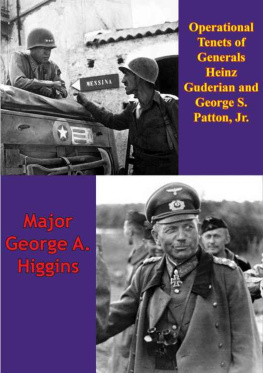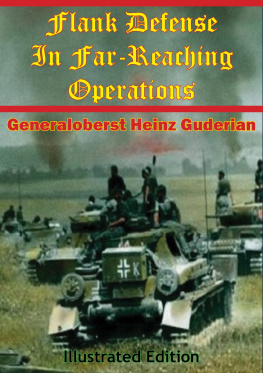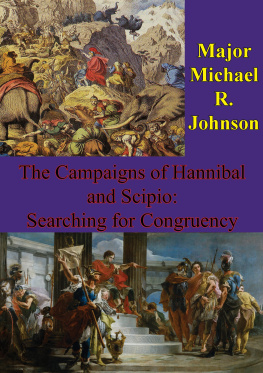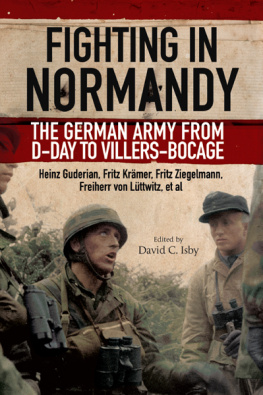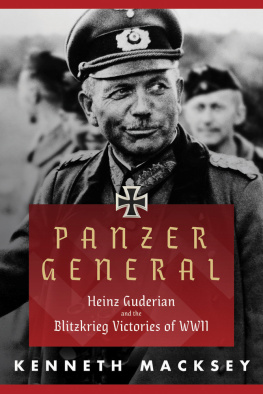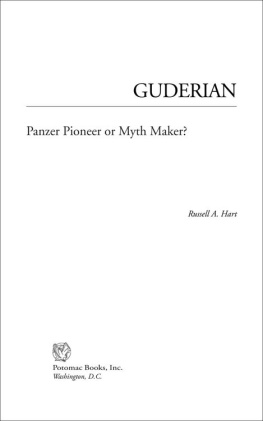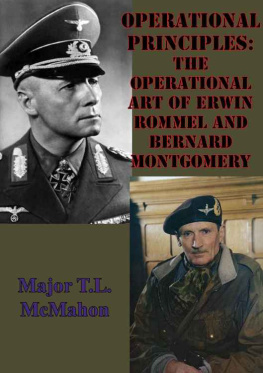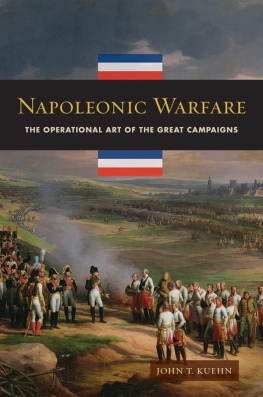THE OPERATIONAL TENETS OF GENERALS HEINZ G UDERIAN AND GEORGE S. PATTON, JR.: An analysis and comparison of the operational tenets of two successful World War II commanders, by Major George A. Higgins, USA, 211 pages.
This study is an historical analysis of the operational methods of two men who commanded large military formations with great success during World War II. Colonel-General Heinz W. Guderian of the German Army; and General George S. Patton, Jr, of the American Army. The focus of the study is on each man's conduct of operational art, the connecting link between tactics and strategy. The study analyzes the writings and campaigns of Guderian and Patton and attempts to identify the tenets or principles by which each man guided his conduct of operational art. The study then compares the tenets each man applied in his conduct of warfare to discover whether there were any principles common to their operational methods. Finally, the study suggests what implications common tenets at the operational level of war might have for Airland Battle Doctrine.
The study concludes that Guderian and Patton shared sir, common tenets in their conduct of operational art and suggests that the American Army's current organizations at the division and corps levels may not be suitable to conduct the sort of agile operations that will be required on a future battlefield. As well, we must ensure that doctrinal foundations for joint operations involving air and ground forcesas a minimumare in place before war breaks out. It also suggests that we need to get together with our European Allies .and adopt a common doctrinal approach to war fighting in Western Europe, one that supports a common theater strategy. Finally, the study concludes that the American Army should continue to study the history of warfare and learn its lessons.
CHAPTER 1: INTRODU CTION
The recent resurgence of interest in operational art in the American Army has spawned historical comparisons that suggest valid implications for the contemporary American Army's preparations for the conduct of operational art. Of particular interest in such comparisons are the operational styles of successful commanders such as Generals Heinz Guderian and George S. Patton, Jr. To many professional soldiers and students of military history alike, those names have special meaning. The reason for that probably lies in the fact that each man was an eminently successful commander in World War II. But that answer, of course, only begs the further and more meaningful question: Why was each of these men successful in commanding large formations of men in combat? It is not only a question worth asking, it is one worth taking the time to answer as well. This thesis represents an attempt to partially answer that question by answering the question Were there any tenets common to the operational methods of Generals Heinz Guderian and George S. Patton, Jr. in World War II? The answer to this question will provide, in part at least, an explanation for the success of these two men in commanding large military formations. If it turns out, for example, that each man adhered to a set of common tenets in his planning and conduct of operational art, then that would serve as some evidence that success in operational art derives, in part, from the correct application of certain tenets. Given the focus of this thesis, research into the operational methods of Guderian and Patton could not, of course, give a full account of the successes of those men because it fails to take into consideration other relevant factors such as personal leadership, mistakes of opposing commanders, and training status of enemy and friendly units, to mention just a few. But it would, nonetheless, help illuminate the principled basis for the employment of forces at the operational level of war, a subject of considerable interest today because doctrinally the American Army is committed to fighting in a fashion remarkably similar to the manner of combat in World War II, as will soon be pointed out.
At this point, however, one may well ask why Generals Guderian and Patton were selected for the purposes of this study. In part, the answer has already been given. Doctrinally, contemporary Airland Battle envisions the commitment of U.S. Army forces to combat on a battlefield of the future which is likely to be fluid, dynamic, lethal, and fast moving. Such a description of the modern battlefield goes a long way toward describing the World War II battlefields on which Guderian and Patton fought. Moreover, aside from temporary reverses suffered by both, each of these soldiers was immensely successful in commanding at the operational level of war: corps and echelons above corps level. Because success in battle is the final arbiter in war, there is not much else to be said about these men except that they serve, if any do, as paradigmatic examples of successful planners and executors of operational art.
A final point worth ma king about the selection of these men for the focus of this study is that the diversity of their cultural, social, and political heritages as well as the diverse natures of the theaters in which they fought adds a breadth to this investigation that would otherwise be absent. The value of this feature of the study is that if it should turn out that there is a shared principled basis for operational art between Patton and Guderian, then already we have evidence that such tenets are not culturally or geographically specific.
Another question which naturally suggests itself is Why do a study such as this at all? This question, too, has been answered partially already but demands fuller treatment. First, the U.S. Army's current doctrine as reflected in the 1932 version of FM 100-5, Operations, envisions the necessity for employing and sustaining operational-level forcescorps and echelons above corpson a fluid, non-linear, lethal, integrated, and dynamic battlefield. Such a battlefield will be integrated in the sense that opposing forces will not only fight with light and heavy armored and mechanized combined arms forces in joint operations but also employ chemical and nuclear fires as a matter of course. And, the chemical and nuclear dimensions notwithstanding, the historical precedents which most closely approximate the conditions of such future combat are the highly fluid campaigns which occurred in World War II in virtually every theater.

